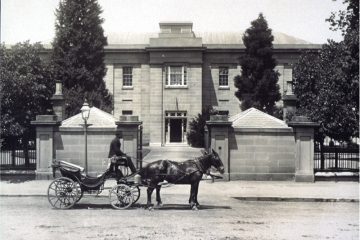The Tasmanian Sail Training Association was established in 1984 to build and sail a replica of the 1798 HMS Lady Nelson. The replica was built in Margate, and launched from there in 1988. Today you can see the replica berthed at Elizabeth Street Pier, on Hobart’s waterfront.
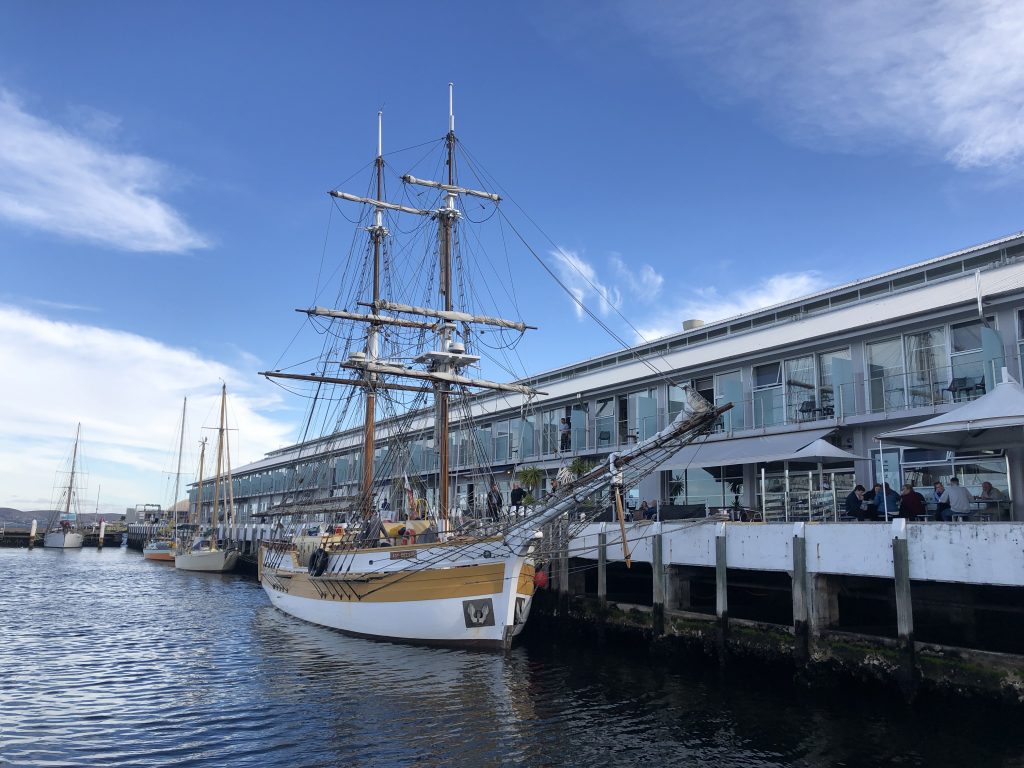
As part of the volunteer sailing crew of the replica Lady Nelson, we use her name all the time, but what do we know about the woman Frances, Lady Nelson, after whom our ship has been named?
Under the early Royal Navy guidelines, ship names were limited to legacies, geographic locations, battles, and national heroes. HMS Lady Nelson was named in honour of the very long-suffering Frances Nelson, the wife of the very famous Admiral Lord Nelson, hero of the British Navy.
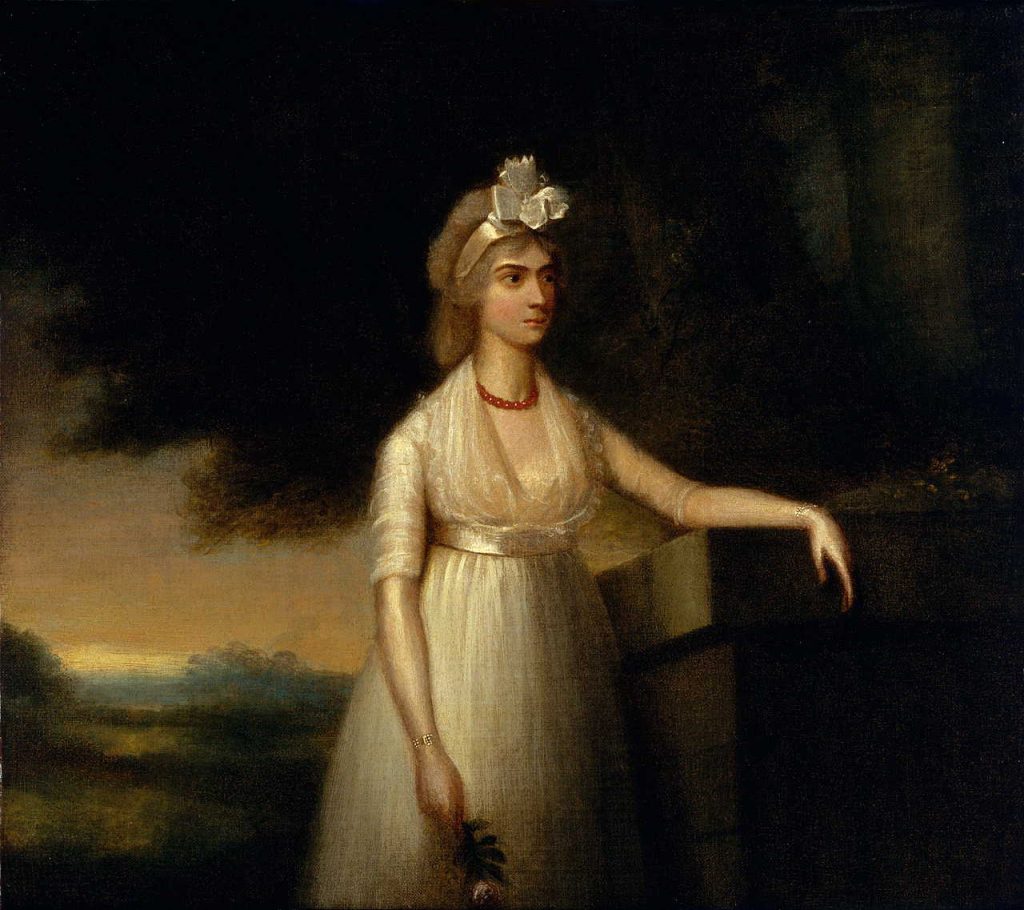
Frances Herbert Woolward (1761 – 1831) was born into an established family on the British-controlled island of Nevis in the West Indies.
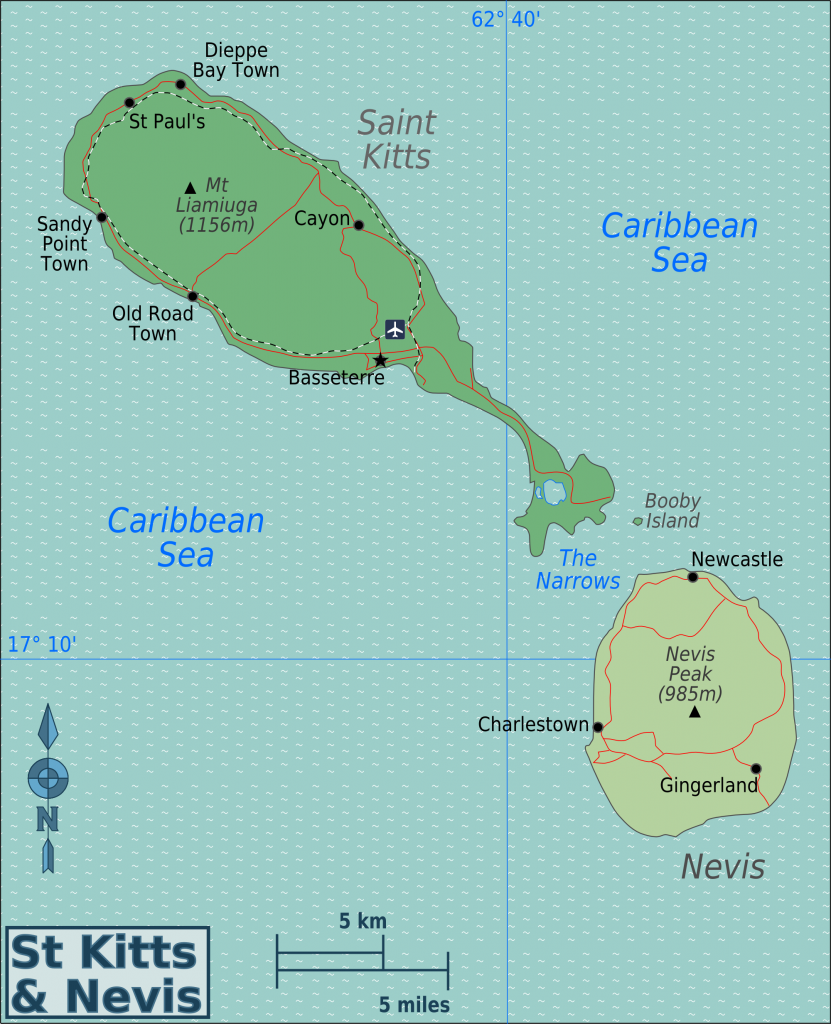
In 1779, Frances was 18, both of her parents had died and she had married local doctor Josiah Nisbet (1747 – 1781). While she did inherit a modest estate from her parents, that fund was consumed in clearing her father’s debts. Dr Nisbet fell ill, and in order to recover his health, he travelled to England with Frances and their new son Josiah Junior (1780 – 1830). Within a year Frances was a widow with no income, with little Josiah Junior to look after on her own.
Frances returned to Nevis with her child and they lived in the household of her uncle, John Herbert (17?? – 1793), who was the President of the Council of Nevis.
Nevis was a stopping off point for British vessels in the Caribbean on their way to North America, and President Herbert frequently entertained the officers of the Royal Navy. In 1783, two particular visitors were captains in His Majesty’s Navy.
Prince William, Captain of HMS Pegasus (3rd son of King George IV and later to be King William IV)
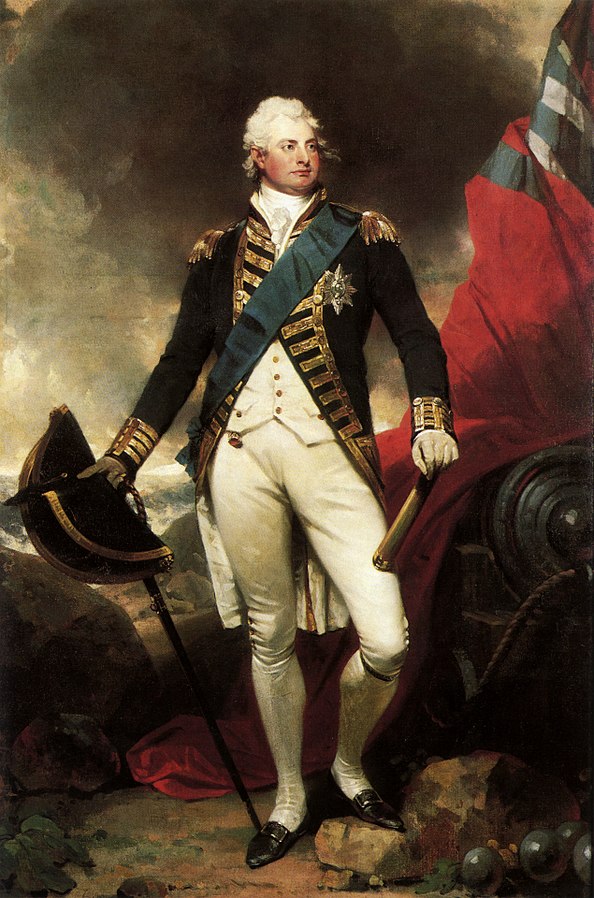
Captain Horatio Nelson (1758 – 1805), in command of the HMS Boreas, who was more senior than Prince William and spoke highly of him.
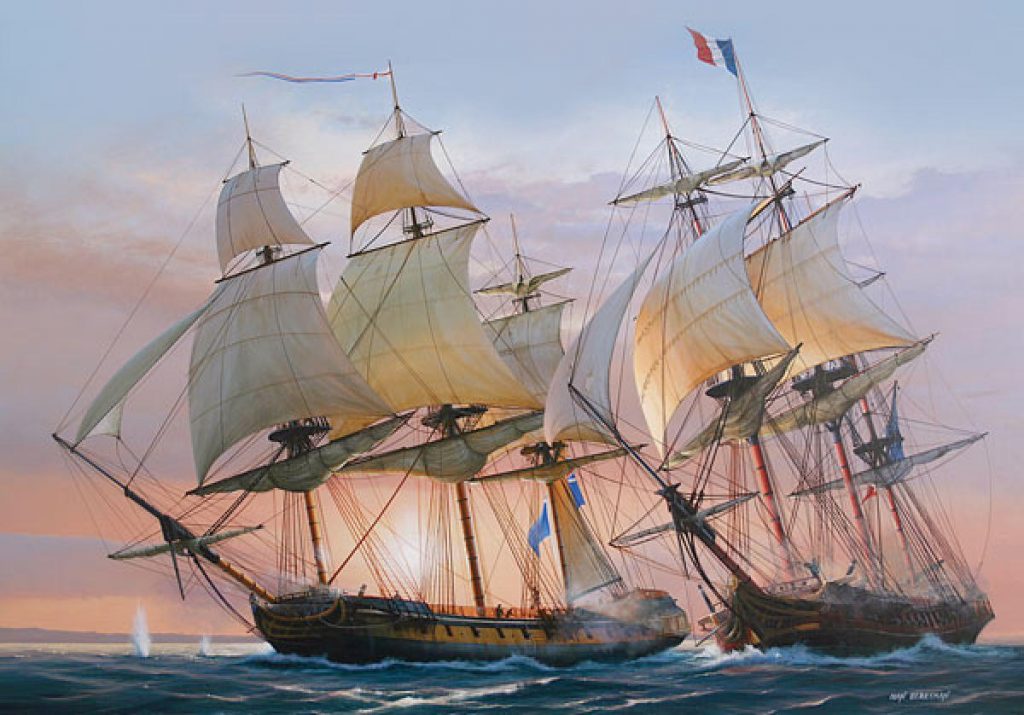
Within a short while, Nelson and Frances came to an understanding and he made his intentions known to her uncle. Herbert promised the cash-strapped Nelson a significant dowry for Frances. The engagement was announced and was now legally binding. Shamefully, the size of the actual dowry Herbert bestowed on his niece after the marriage was significantly less than that promised.
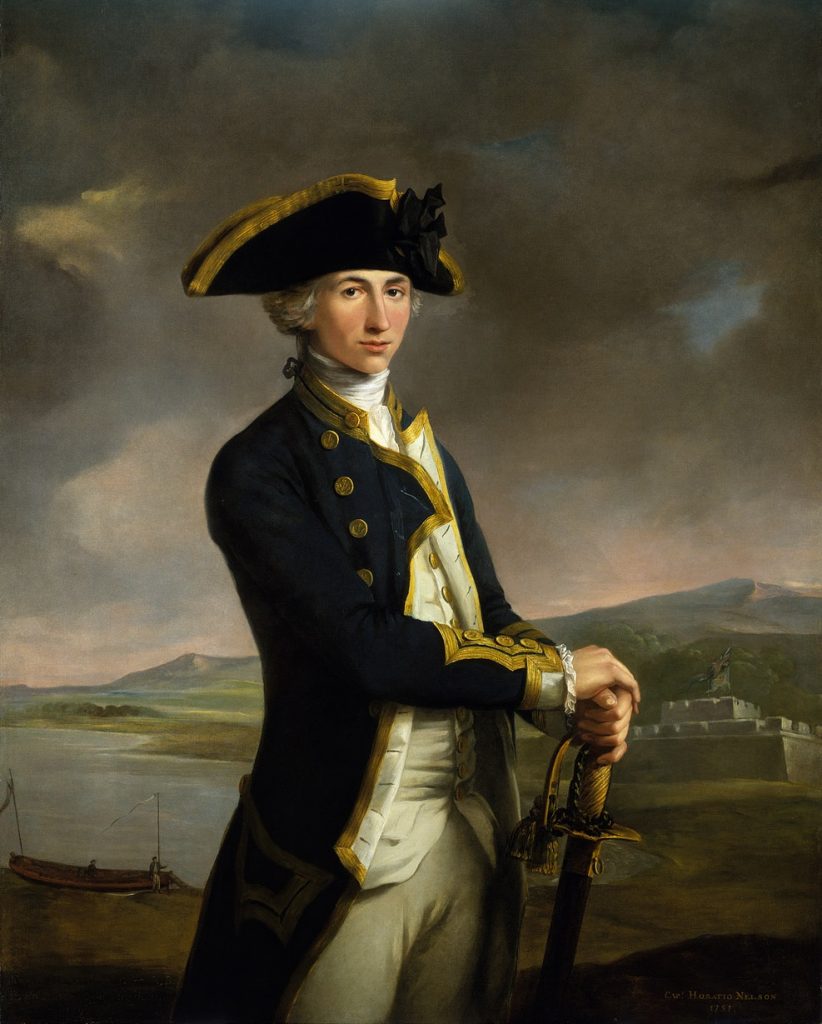
Frances and Nelson married at Nevis in March 1787, with Prince William giving the bride away. Shortly after, Nelson sailed back to England. Frances and Josiah, now aged 7, followed soon after.
The Royal Navy paid Nelson off from the HMS Boreas later that year, and the newlyweds settled in with Nelson’s father, Reverend Edmund Nelson (1722 – 1802) the vicar of Burnham Thorpe, Norfolk. During the following peacetime, Nelson tried unsuccessfully to secure another command in the Royal Navy.
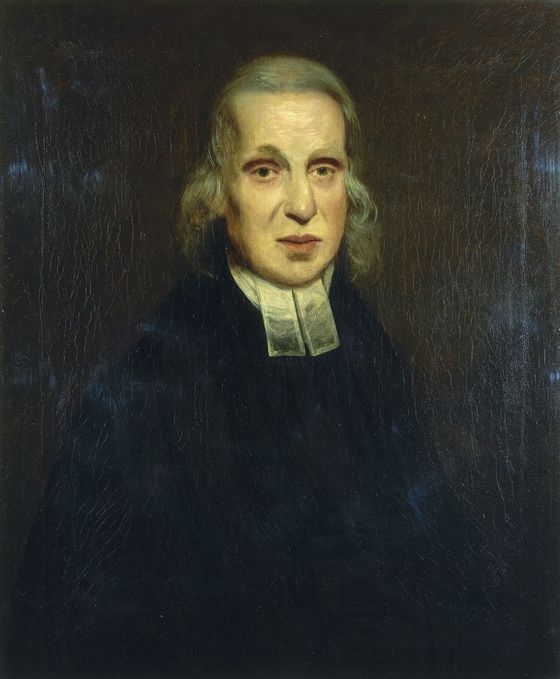
Hooray for the French Revolution! War between France and England was brewing once again, and Nelson was recalled to the Navy with the command of HMS Agamemnon in 1793. Nelson took with him his 13-year-old stepson Josiah Nisbet as midshipman, and left Frances behind in Norfolk to manage his financial affairs and to care for his elderly father.
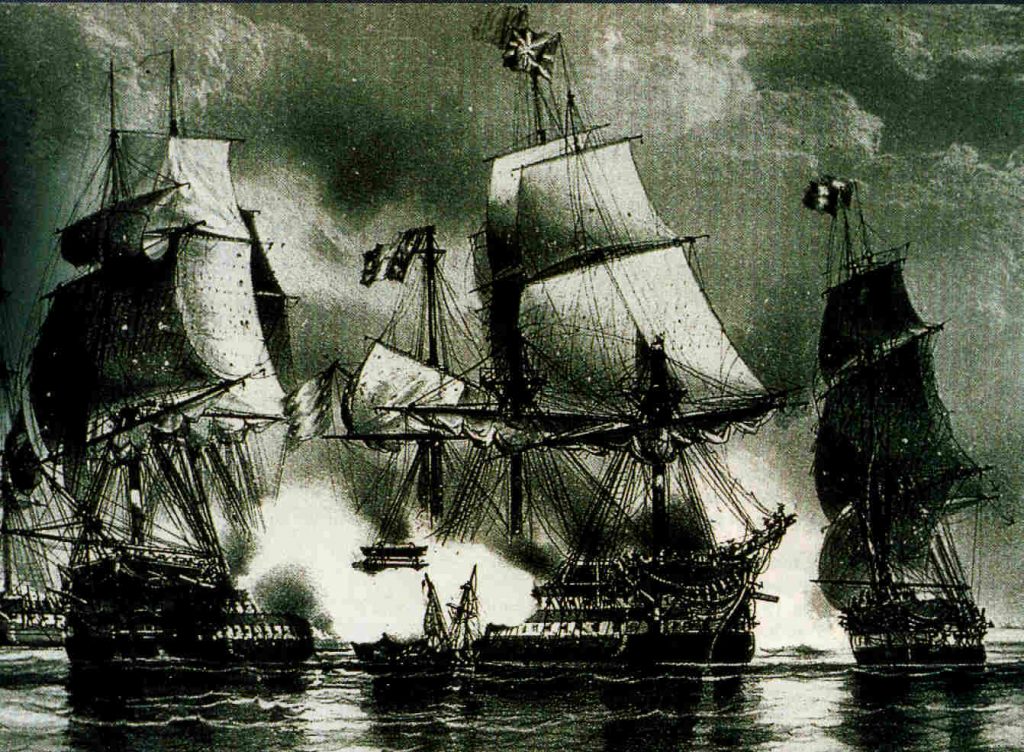
During a voyage to the Mediterranean in 1793, Nelson’s ship stopped in Naples. While there he met the British ambassador Sir William Hamilton (1730 – 1803) and his new wife (married in 1791), Lady Emma (1765 – 1815). Nelson and Emma rapidly developed a close relationship, and they kept up a regular, intimate correspondence.
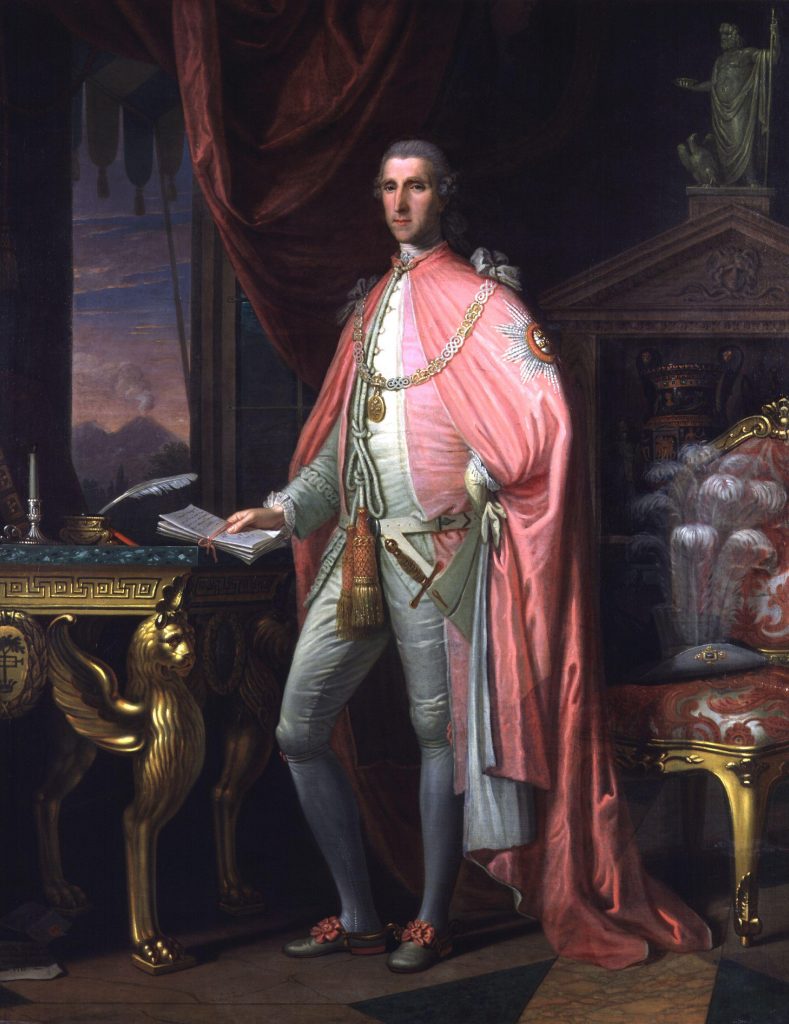
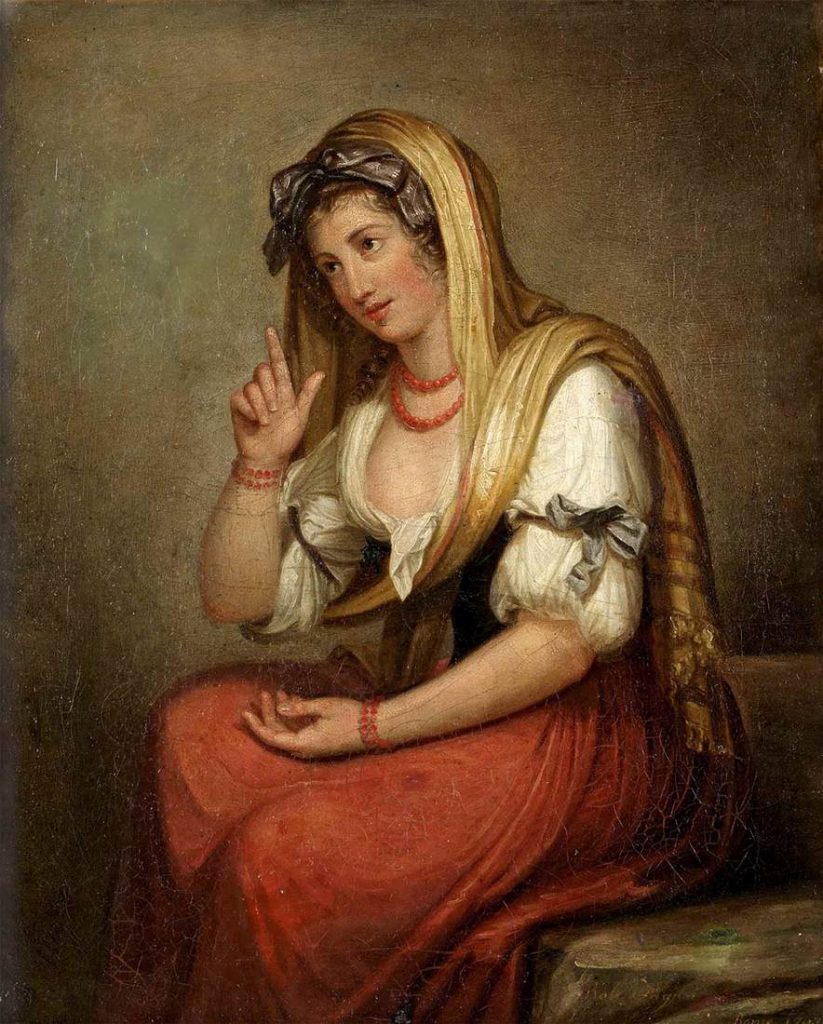
Over the next four years, Nelson distinguished himself in many naval battles, much to the horror of his wife Frances, who begged him to leave the risks to other men. Nelson was promoted to Rear-Admiral and continued with the dangerous naval battles, which culminated in the loss of his right arm at the Battle of Tenerife in 1797.
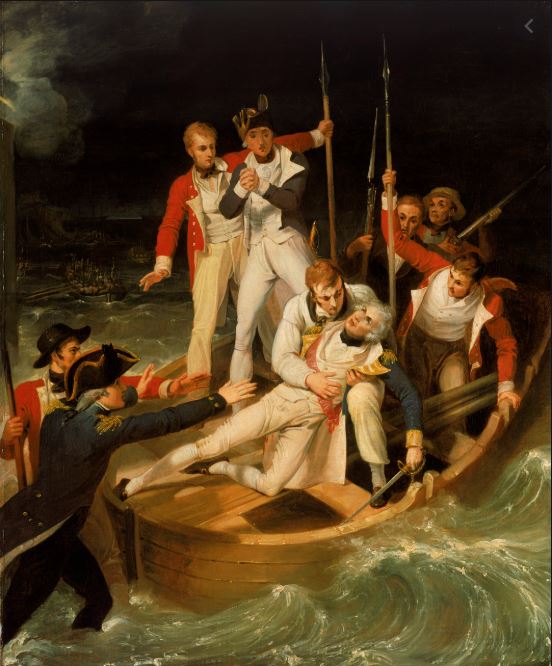
Nelson returned home to Frances, sick and in constant pain from his injuries. By this time, aged 39, he looked 59, had lost most of his teeth and had a constant cough. Contrary to popular myth, Nelson did not lose the sight of his right eye, although it was injured. Thanks to careful nursing by his wife Frances, Nelson recovered sufficiently well to return to sea a year later.
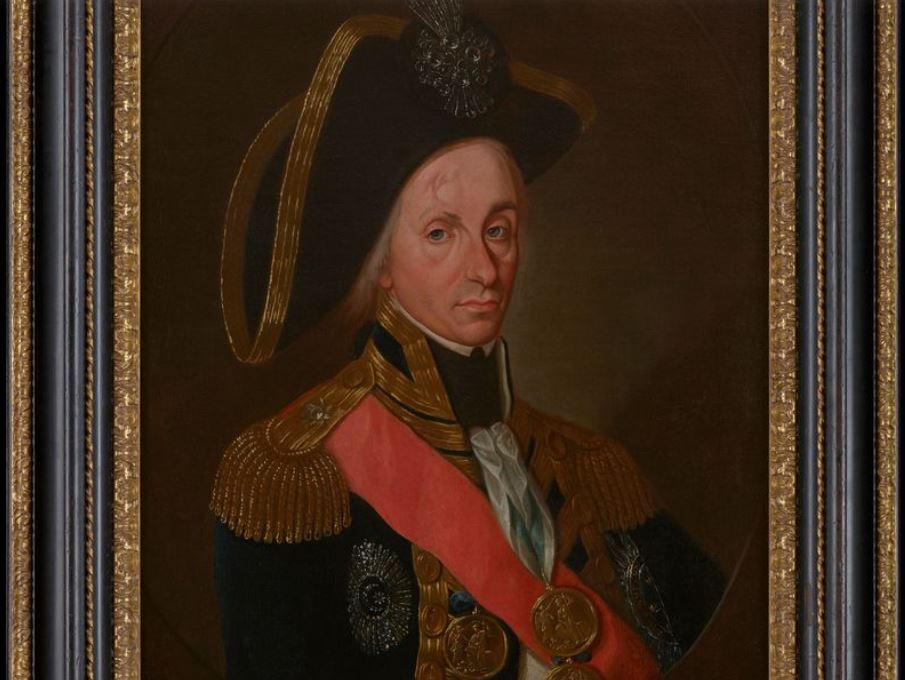
After his many naval successes, in particular the Battle of the Nile in 1798, Nelson was now a very famous man.
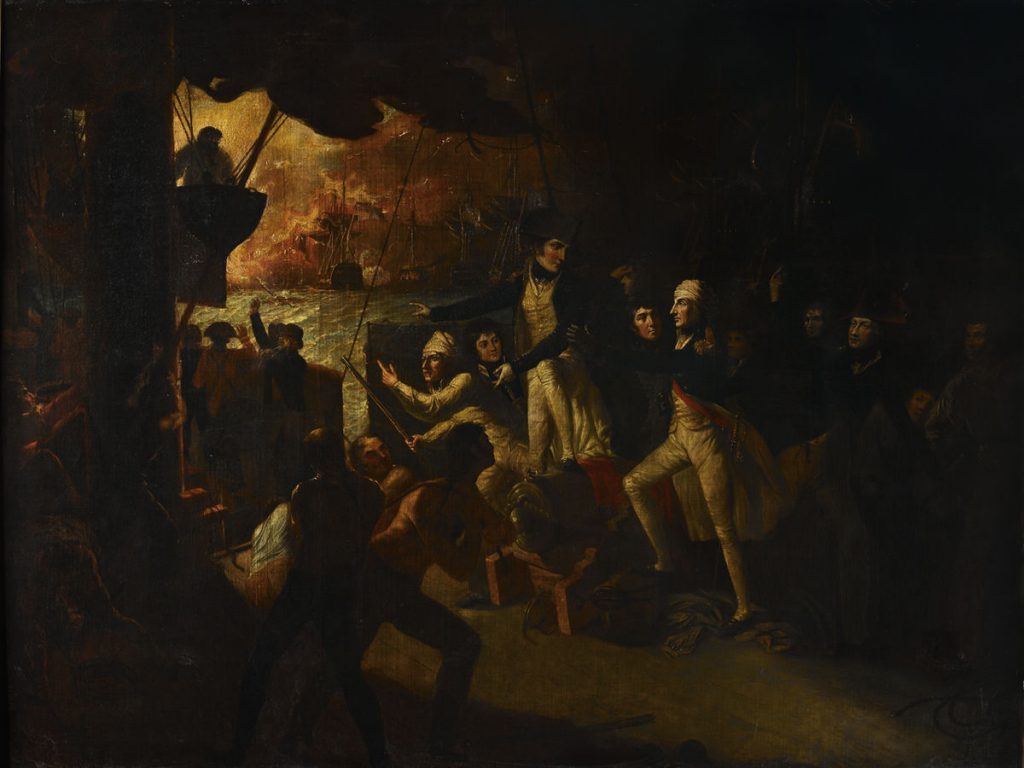
Returning to Naples he was greeted at the dock by the Hamiltons. Lady Emma is said to have thrown herself at Nelson in shock at the sight of him, fainting dramatically into his arm.
With an extraordinary lack of tact, Nelson wrote to his wife Frances, gushing about his admiration for the beautiful, young vivacious Lady Hamilton.
The Hamiltons hosted Nelson in their home in Naples, where Emma tended to his every need. She even organised a huge party of 1,800 guests for his 40th birthday. She also spent time with Nelson’s step-son Josiah Nisbet to encourage him to be more sociable.
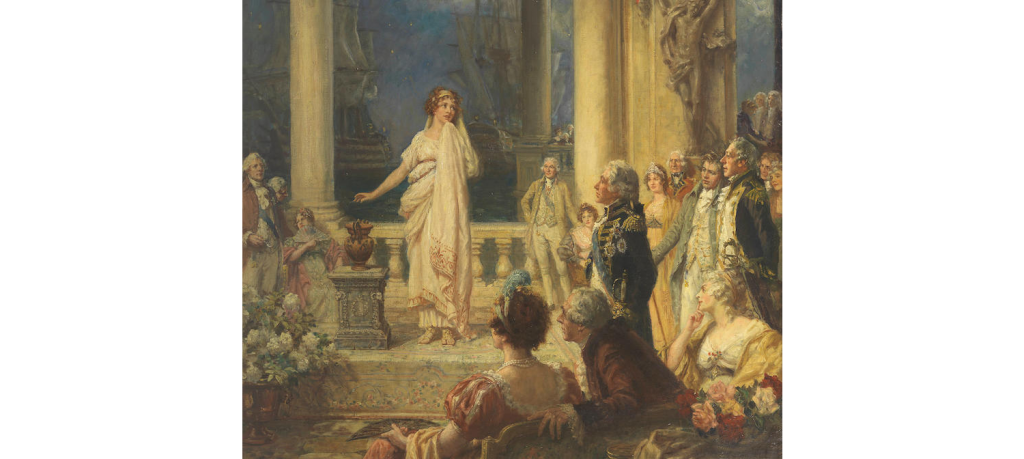
The elderly Sir William Hamilton and the famous Admiral Nelson had a genuine admiration and respect for each other. Nelson and Emma made very little attempt to hide their relationship.
They were having an affair in Napels and everyone knew it. The gossip spread to the English newspapers, but the news wasn’t a surprise to Frances Nelson – she only had to read her husband’s letters overflowing with praise and admiration for Emma Hamilton to figure things out.
At this time Nelson was knighted, and his wife Frances became Lady Nelson. His Majesty’s Armed Survey Vessel Lady Nelson was named in her honour. It was planned in 1798 and commissioned in 1799 to survey the coast of Australia, setting off from England in March 1800.
In July 1800 Lord Nelson, Sir William and Lady Emma Hamilton began their overland journey to London. On his return Nelson received a hero’s welcome and Lady Hamilton was pregnant with his child. She was his constant companion – not his wife. In a letter sent to Nelson via his solicitor, Frances demanded that Nelson give up his mistress and behave like a decent husband. He refused. After this the Nelsons never spent another night under the same roof.
Lady Emma Hamilton gave birth to Nelson’s daughter Horatia Nelson in London in January 1801. The baby was fostered out soon after, and was frequently visited by her mother. Emma and Nelson continued to live together in Sir William Hamilton’s home.
For the next two years, Lady Frances continued to care for Nelson’s father, who died in 1802. Lord Nelson returned to sea a year later, shortly after which Sir William Hamilton died leaving Emma in London, struggling to pay her debts.
Lady Emma received several marriage proposals over the next two years, but she rejected them all, preferring Nelson above all others. She maintained her lifestyle of lavish parties, gambling and drinking, all the while accumulating staggering debts.
In 1805, at the Battle of Trafalgar, Nelson was killed – but he had not changed his will in favour of either his wife Frances, nor his mistress Lady Hamilton and their daughter.
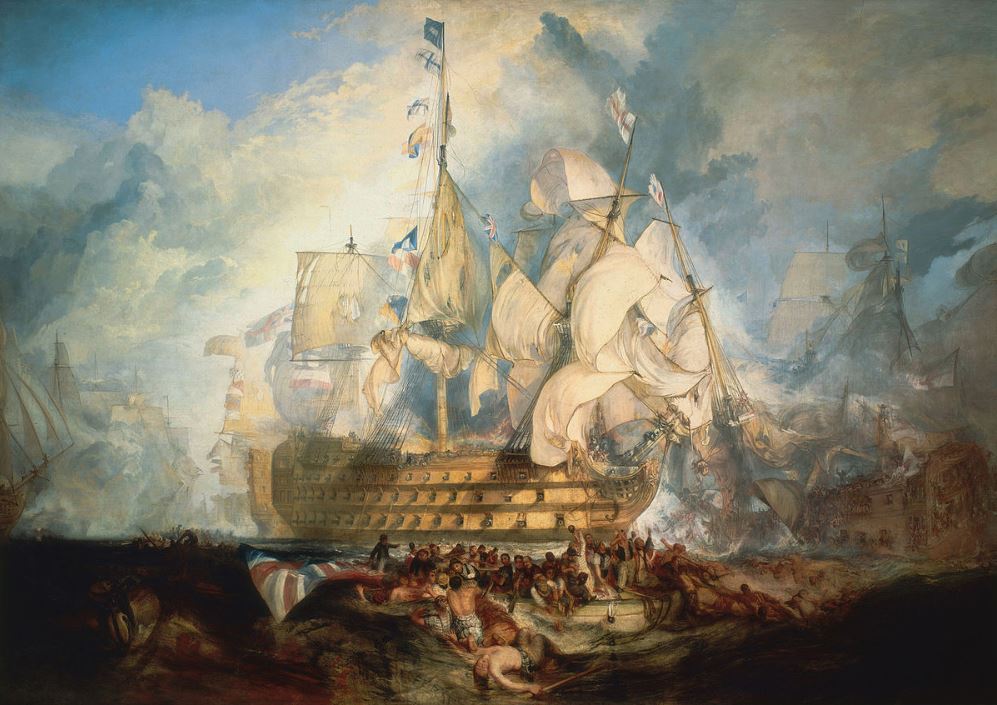
Nelson’s brother William inherited his estate and by special regulations was also able to claim Nelson’s title. In honour of his brother’s achievements, William Nelson was created Earl Nelson, but he did not honour the written instructions from his brother to look after Emma and little Horatia.
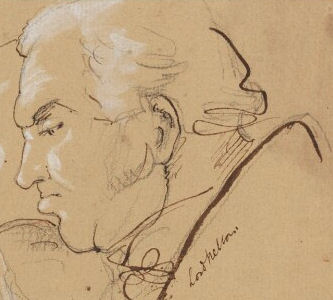
Lady Emma Hamilton continued to struggle financially. The bequest from Sir William Hamilton’s estate was insufficient to sustain her lifestyle and she accumulated further debt over the next six years. To escape her creditors, she quietly fled to Paris with her daughter Horatia Nelson in 1814.
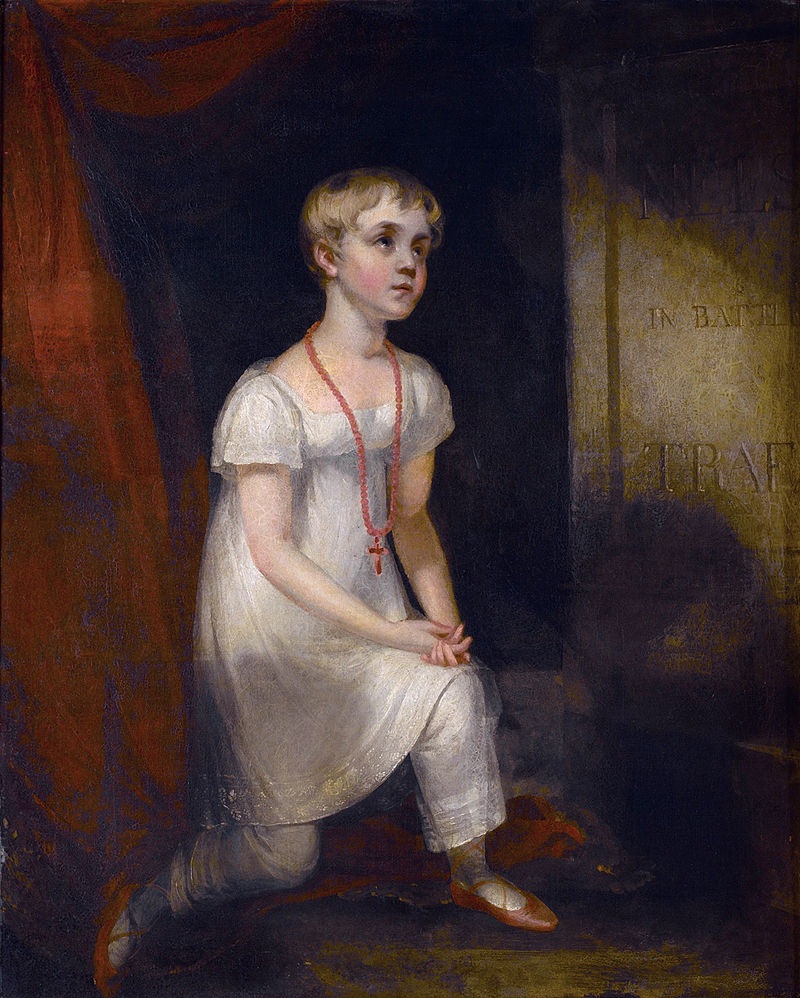
In 1815 Emma died in Paris of amoebic dysentery – a condition she contracted in Naples.
Horatia returned to England to live as a governess in the household of a relative of her father. She married in 1822 and had ten children, was widowed in 1859 and died in Pinner, Harrow, in 1881.
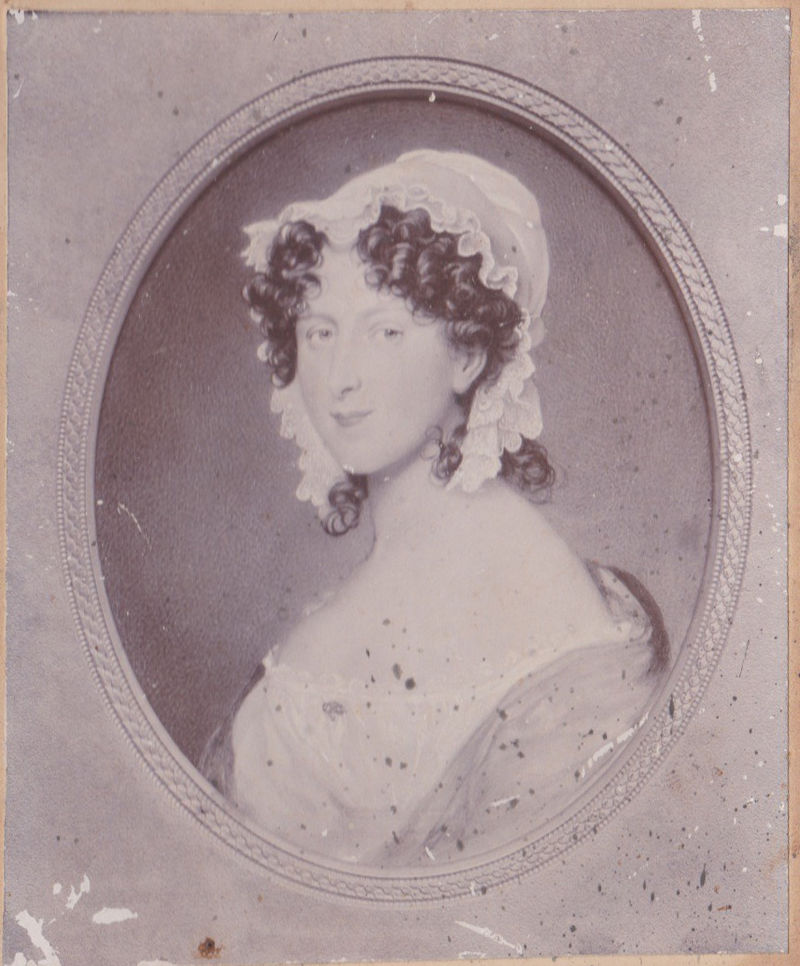
For some time after her husband’s death, Lady Frances Nelson was in poor health. She lived in Paris with her son Josiah and his family until his death in 1830. Frances returned to England, settling in Exmouth.
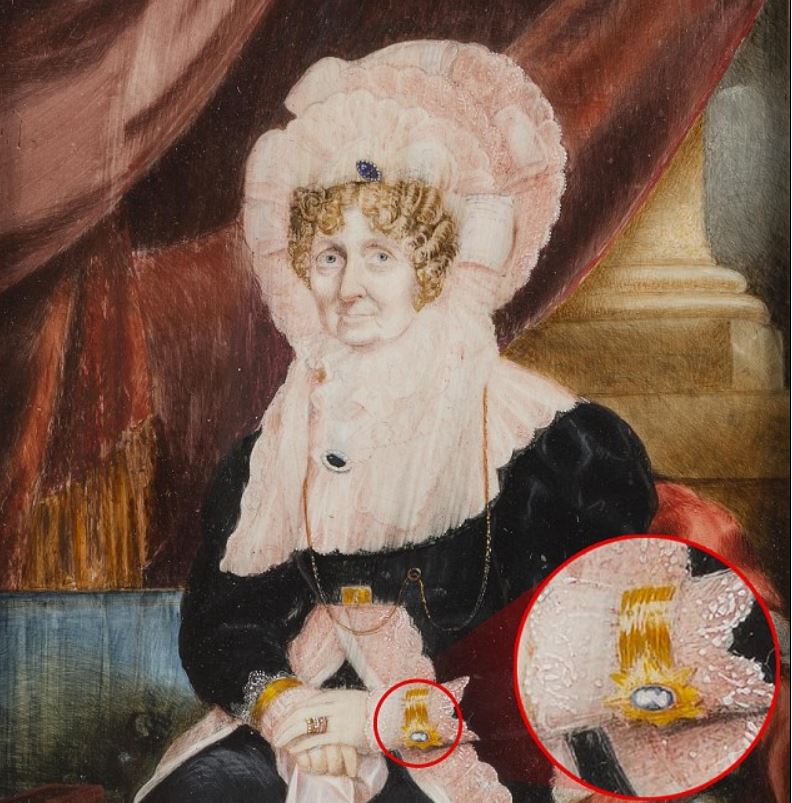
She died in Exmouth in 1831, having received no assistance from her brother-in-law William Nelson, who had inherited title, land and wealth all on the fame of his brother.
As for her namesake, the 1798 HMS Lady Nelson – she was lost near Timor in 1825.
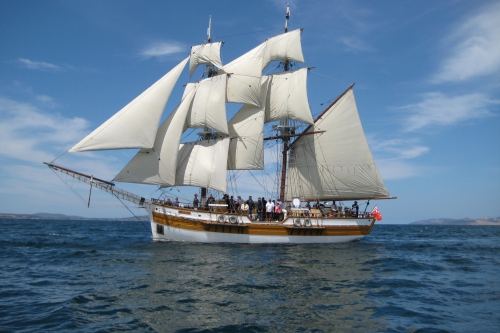
If you need more: try these links:
Short history of HMS Lady Nelson.
1941 movie: That Hamilton Woman, staring Vivien Leigh and Lawrence Olivier. Don’t take this movie as historical fact.
2006 book on Emma Hamilton by Kate Williams
See the next article for a timeline of the development of the Royal Navy 1485 – 2019: coming soon.


